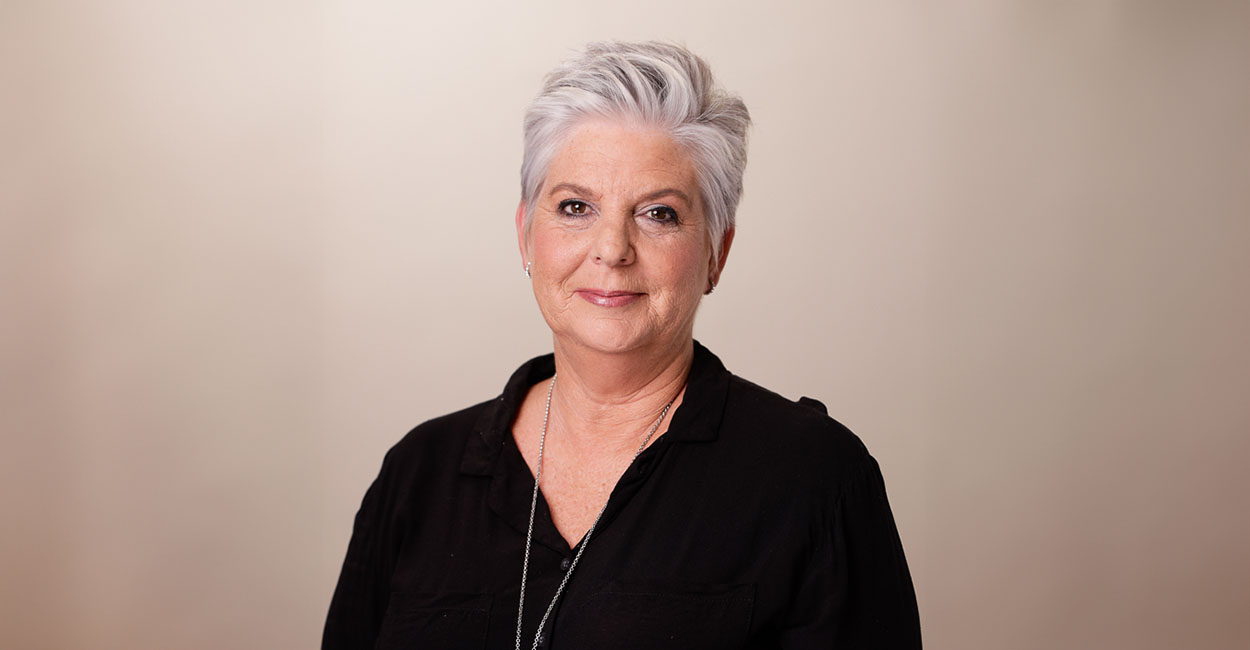[et_pb_section fb_built=”1″ admin_label=”section”][et_pb_row admin_label=”Row”][et_pb_column type=”4_4″ parallax=”off” parallax_method=”on”][et_pb_post_title author=”off” comments=”off” admin_label=”Post Title” title_font_size=”50px” title_text_color=”#0c71c3″][/et_pb_post_title][/et_pb_column][/et_pb_row][et_pb_row admin_label=”row”][et_pb_column type=”1_2″ parallax=”off” parallax_method=”on”][et_pb_text admin_label=”Text” text_font_size=”30″ text_text_color=”#ffffff”]
“A buyer who can exhibit the financial discipline to save for a sizeable deposit is considered a safer risk than a buyer who has not been able to save for a deposit at all”
[/et_pb_text][/et_pb_column][et_pb_column type=”1_2″ parallax=”off” parallax_method=”on”][et_pb_text admin_label=”Text”]
A leading bank says income levels have improved over the past 10 years. Have first-time homes become more affordable relative to these levels?
Since the introduction of the National Credit Act in 2007 and the subsequent changes to affordability assessments by banks, purchasing a property has become more difficult. Along with the changes in inflation and affordability, buyers need to put down significantly bigger deposits when applying for a home loan. However, this year, Standard Bank released its findings that the property market is now more affordable for first-time home buyers than it was 10 years ago. Affordability has improved on the back of the average income, growing at a faster rate than that of house prices, combined with a low interest rate environment.
[/et_pb_text][/et_pb_column][/et_pb_row][et_pb_row admin_label=”row”][et_pb_column type=”4_4″ parallax=”off” parallax_method=”on”][et_pb_text admin_label=”Text” text_font=”Roboto|on|||”]
According to Standard Bank economist Siphamandla Mkhwanazi, with house prices lagging behind income and interest rates remaining low – thus anchoring the cost of a mortgage – the average first-time buyer is in a relatively better position now than they would have been in 2006. The study, based on Standard Bank’s mortgage applications data over the last 10 years, shows that the median income for the first-time home buyer grew 92% from R15,000 a month in Q1 2006 to R29,000 a month in Q1 2016. The median first-time instalment grew 81% from R3,510 a month in Q1 2006 to R6,345 in Q1 2016.
The hard numbers
Earlier this year, Lightstone Property carried out a survey to determine what a buyer would need to earn to be able to afford different value home loans. The study made use of the following assumptions:
10.5%
A 20-year mortgage at a fixed prime rate (10.5%).
100%
Financing of 100% with no deposit made but transfer and other related costs excluded.
30%
No more than 30% of a person’s gross monthly salary allocated for mortgage repayments each month (this is based on mortgage lender standard assumptions).
[/et_pb_text][/et_pb_column][/et_pb_row][et_pb_row admin_label=”row”][et_pb_column type=”4_4″ parallax=”off” parallax_method=”on”][et_pb_image src=”http://dev.propertyprofessional.co.za/wp-content/uploads/sites/2/2017/04/Property.jpg” animation=”off” admin_label=”Image”][/et_pb_image][/et_pb_column][/et_pb_row][et_pb_row admin_label=”row”][et_pb_column type=”4_4″ parallax=”off” parallax_method=”on”][et_pb_text admin_label=”Text” text_font=”Roboto|on|||”]
The study revealed that the median value for a property in the Western Cape is R680,000, the highest of the provinces. A client would then require a monthly salary of R22,600. The Eastern Cape has the lowest median value of a property (R380,000) requiring a salary of R12,600. To afford a property in Gauteng, where the median value is R620,000, the client would typically need a salary of R20,600.
HOUSE PRICE GROWTH IS RELATIVE TO AVAILABLE DATA
Interestingly, different property experts have varying figures when it comes to house price growth – figures based on their individual data records. Shaun Rademeyer, CEO of mortgage originator BetterLife Home Loans, says that in the first-time-buyer sector of the market, continued strong demand was indicated by a 6,2% increase in the average home price in the year to end-June, compared to a 3,8% increase in the previous 12 months. Says Rademeyer: “First-time buyers continue to account for 46% of all home loan applications and almost a third of all home loan approvals.” Kay Geldenhuys, property finance processing manager at mortgage originator ooba, says their data showed that the average purchase price for first-time home buyers had a year-on-year growth of 4.3% for the period from 1 July 2015 to 30 June 2016.
First National Bank’s household and property sector strategist John Loos says that the national average house price inflation rate for the 12 months up until June 2016 was 7.4%. “Based on our average house price inflation rate and the way interest rates rose over the 12 months to July, the instalment payment on the average-priced home rose by 14.4% year-on-year for June,” he says. According to Dawid Malan, head of strategic stakeholder engagements at Absa Home Loans, price growth in the first six months of 2016 for small-sized homes (80m²-140m²) was 9,2% on a year-on-year basis. That means the house price growth figures will differ, depending on who you speak to and the data available to them. But that does little to change the fact that buyers need to save so that they can put down a bigger deposit, reducing the bank’s loan-to-value ratio. Basically, the bigger the deposit, the more comfortable the bank is to grant a loan. A buyer who can exhibit the financial discipline to save for a sizeable deposit is considered a safer risk than a buyer who has not been able to save for a deposit at all.
How much can buyers borrow?
Geldenhuys says that while banks do not have specific loan-to-value ratios for first-time home buyers, there are two banks on the market who may consider lending up to 105% home loans to qualified first-time buyers in the affordable lending segment. She says the opportunities are available for first-time buyers with no deposit to access 100% home loans. But banks are extremely cautious where the buyer has no equity in the property.
Geldenhuys says the qualifying criteria for 100% bonds would include the following:
• An impeccably good credit record with a track record of repaying existing contractual debt responsibly.
• A solid overall credit rating based on the specific bank’s assessment.
• Proof of income as well as an income and expenditure statement, which indicates that there is sufficient net surplus income to afford the home loan instalment. The bank will also ask the loan applicant to demonstrate affordability should the interest rates increase and for all future property-related expenses, such as rates/levies.
• The property purchased is in good standing and is situated in a suburb where property prices show steady growth.
Buyers can gain a 100% home loan at Absa, depending on the quality of their application and the type of property they are buying. FNB offers home loans ranging from 90% to 105%, depending on the client’s personal credit profile and home loan application.
ARE FIRST-TIME BUYERS GETTING A BETTER DEAL?
• Your credit profile is important when you apply for any type of loan – more so for a long-term commitment such as a home loan. The better your credit history, the more likely it is that the bank will grant you a favourable loan to value and price.
• Make use of research tools such as the affordability calculators available on most bank and mortgage originator websites. This will help you figure out what size loan you can afford.
• Owning a home means extra expenses over and above your monthly bond repayment. Albertus van Staden, head of credit at FNB Housing Finance, cautions that you should furnish your home as and when you can afford to instead of taking out further credit. Remember that your monthly and annual home ownership costs will include municipality rates, taxes, insurances and levies.
• Different types of property carry different expenses. A sectional title property, for example, will include a levy for your home insurance and the general maintenance of the common property. If you buy a freehold property, you don’t pay a levy each month but you are directly responsible for all maintenance.
• Weigh up the pros and cons of buying versus renting. Buying is not always the best option: if you might be moving within a few years, then renting might be your best option. The transfer and bond registration costs will not be recouped over the short- to medium-term.
• With a 20- to 30-year credit agreement for your home loan, you can’t afford to overlook interest rate hikes. Ideally you should buy at a price where you can afford interest rate hikes of a few percentage points.
Words Neesa Moodley
Images iStock by Getty Images
[/et_pb_text][/et_pb_column][/et_pb_row][/et_pb_section]







